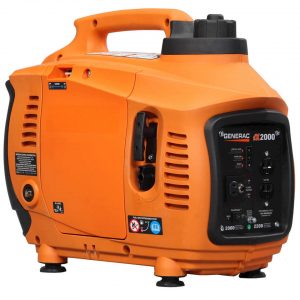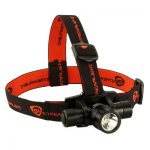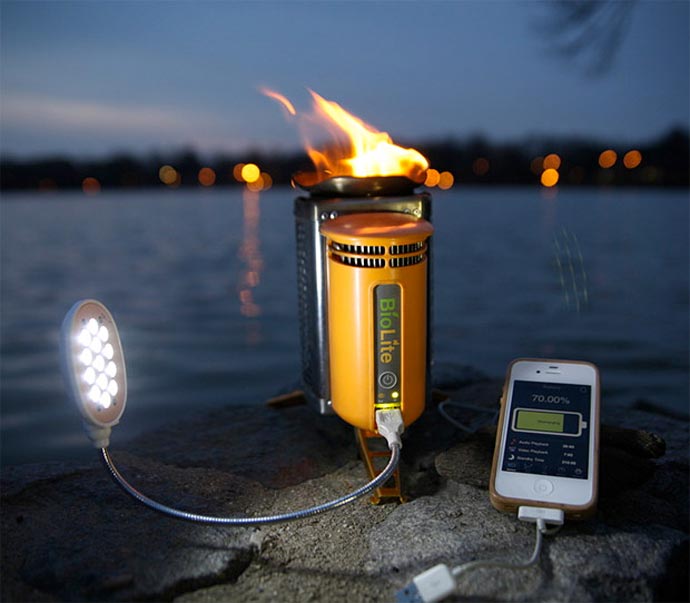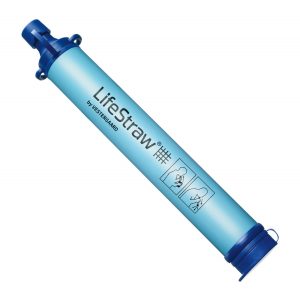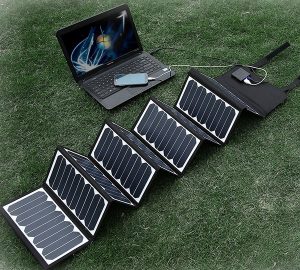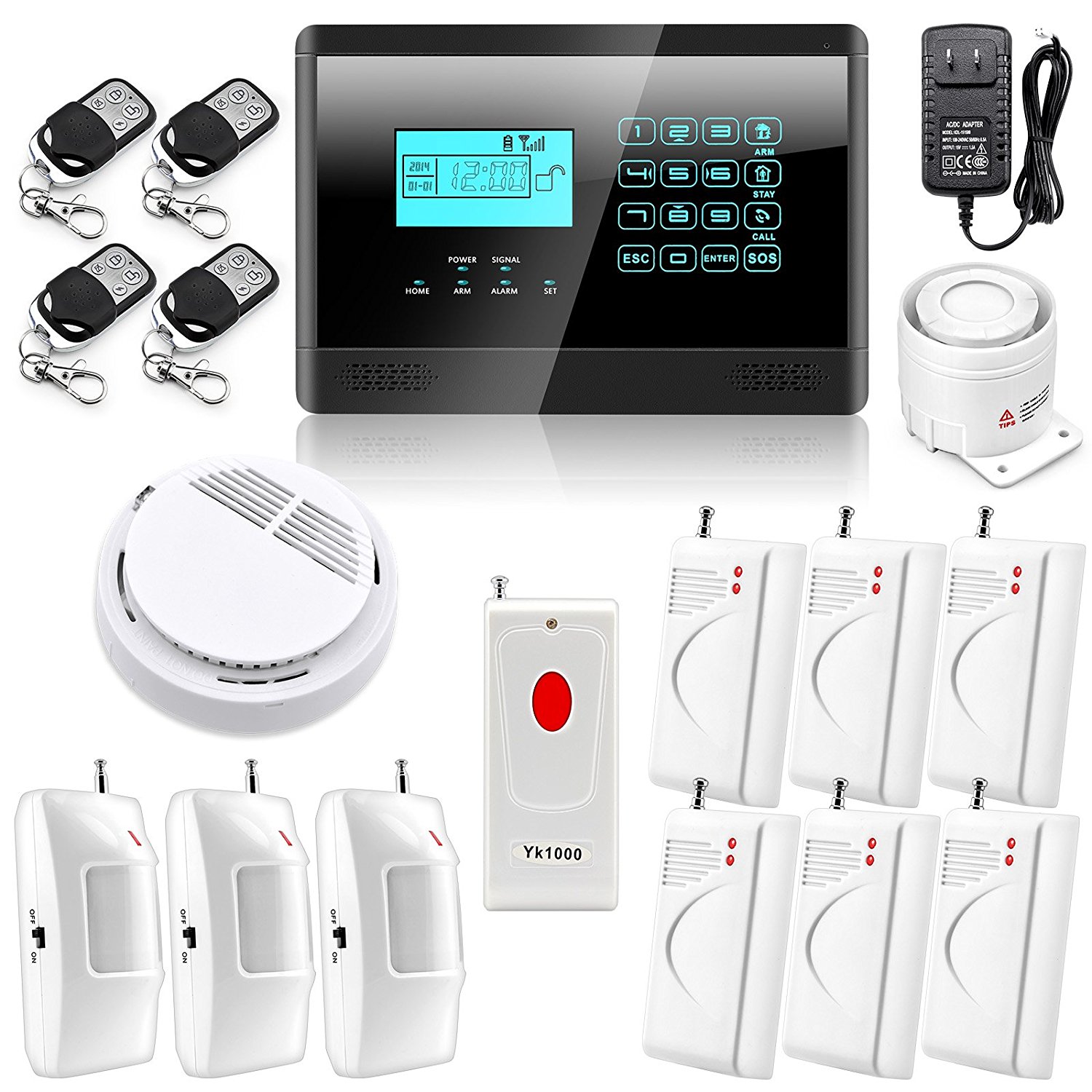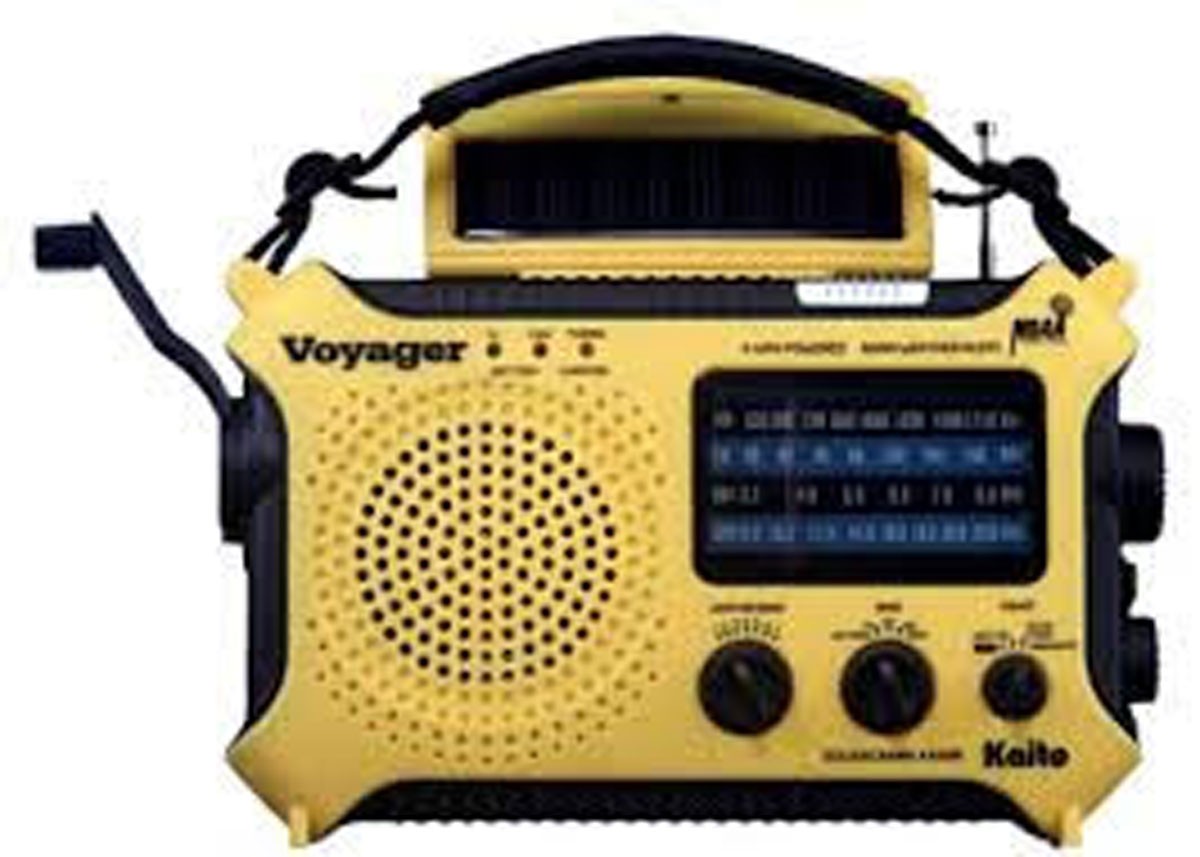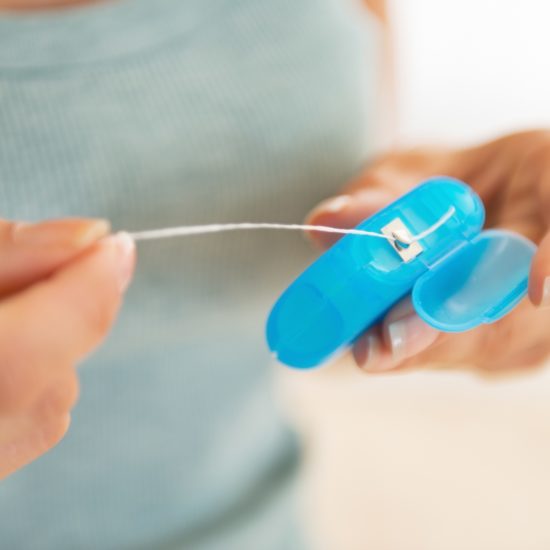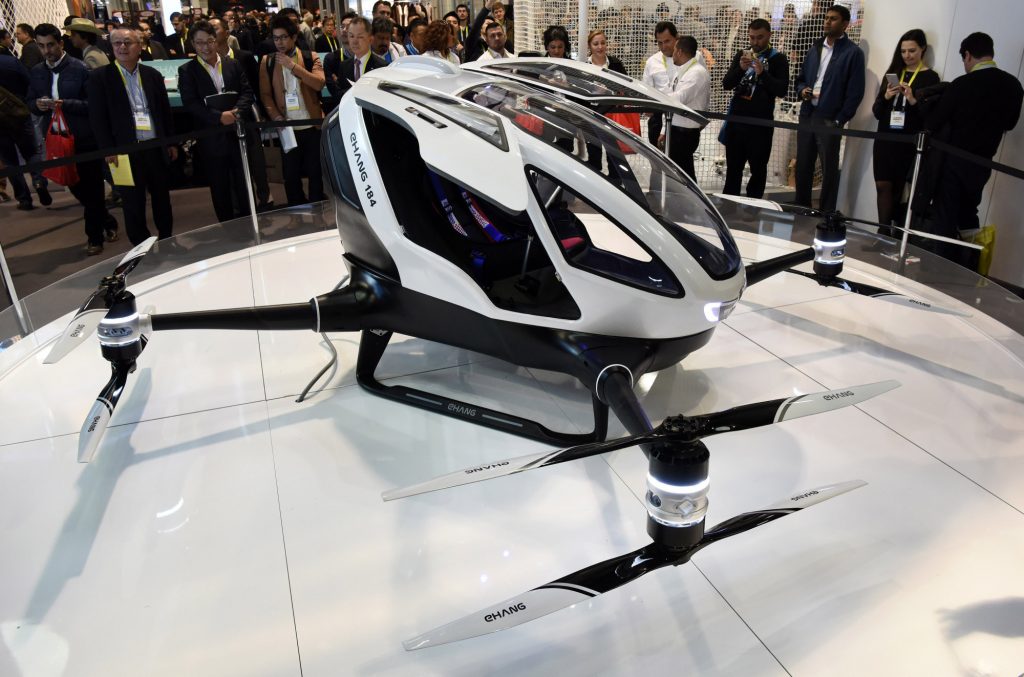
You don’t need to dig an underground bunker to start planning for the next big disaster. Investing in upgraded disaster preparedness equipment is a smart move. Add these tech items to your disaster preparedness kit now, and you’ll be ready for pretty much any eventuality.
Portable Generators
A good portable generator is the backbone of a survivalist’s tech arsenal. Gas-powered generators can keep your lights and refrigerator on when there’s a serious outage. They also allow you to use cellphones and computers to stay connected.
Small 2 kw generators are ideal for emergency preparedness for most individuals. These units are quiet, fuel efficient, and ideal for keeping low-power appliances on for extended periods of time. Keeping the refrigerator, a few lights, and a computer on can be more than enough during a temporary power loss.
Huge hardwired units, on the other hand, can keep most of your home operational during a blackout. With this kind of generator, you can continue your day-to-day tasks like normal.
Headlamps
Having light can make a world of difference in a survival scenario, even if you’re only using it to finish the next chapter of a good book. The best lights on the market have long-lasting LED bulbs and are often USB rechargeable for convenience and flexibility.
Headlamps are the best emergency lights since they keep your hands free for other important tasks. Lights like the Pelican 2765 are ideal for disaster preparedness kits because they withstand impact, dangerous fumes, and water damage, ensuring you’ll have light when you need it most.
Electricity-Generating Wood Stoves
You can’t always count on electricity or gasoline being available, but you can almost always count on having wood to burn. The BioLite CampStove 2, for example, is an exciting piece of technology that uses a smokeless fire to generate electricity.
This stove is ideal for charging a smartphone or powering a headlamp. It can also be used for heat and cooking. The dual-purpose nature makes this piece of tech an ideal survival tool for the worst-case scenario. When there’s no imminent disaster, the smartphone charging capability can also come in handy during camping trips and tailgate parties.
Water Filters
Ensuring you and your family have access to clean drinking water is an essential step in disaster preparedness. Clean water sources are easily contaminated if a storm compromises treatment facilities. A water filter is essential for both short and long-term resilience to a disaster.
While most filters can capture large particles such as heavy metals, potentially harmful viruses can still pass through to your drinking water. For the most consistent results, it’s best to filter out contaminants with a hollow-core or ceramic water filter, followed by UV water purifier treatment. These handy devices use ultraviolet light to kill off viruses that most filters miss, ensuring clean water access over long periods.
Portable Solar Panels
Barring a meteor impact, sunlight should always be abundant after a disaster. Tapping into the sun’s energy for power is a great way to keep your cellphone and lights going when the power is out. Portable solar panels offer a convenient and lightweight power source you can easily stow in the back of your car until needed.
Portable solar panels, reliably generate power in sunny conditions, and their flexible design makes them durable enough to last during a disaster. You can even pair these systems with a battery pack so you can continue using your phone while your panels soak up the sun.
Smartphone Survival Apps

With a reliable backup power source, your smartphone can provide essentially limitless information for many survival scenarios. There are several apps that provide off-line access to critical information for emergency situations, ensuring you can make informed decisions when it matters most.
The American Red Cross offers several first aid apps, including a guide to common first aid issues and a pet first aid guide. The organization also offer several applications for emergency alerts and disaster monitoring for everything from tornadoes to floods.
Home Security Systems
Keeping your family safe doesn’t necessitate a massive disaster. Threats like a home invasion can be just as financially and emotionally devastating as a flood. You can ensure your home is safe and protected with a comprehensive home security system. Bleeding-edge technologies in the security field also offer many benefits for homeowners concerned with preparedness.
Smart home technologies, including automatic locks, doorbell cameras, and smart smoke detectors work around the clock with home monitoring services to ensure your home is completely secure, even when you’re not home. Many systems also interface with digital assistants like Amazon Alexa so you can easily program and monitor your system from any mobile device and any location.
Portable Emergency Weather Radio
It’s not flashy—and it certainly isn’t high tech—but a reliable hand-crank emergency weather radio is one of the best tech items you can include in your disaster planning. Weather radios pick up NOAA weather bands to keep you alert and prepared during any natural disaster, even if your local cell towers are already down.
The best emergency radios double as flashlights, and many newer models include a USB outlet for charging a cellphone or USB-powered light. Most models charge using a hand crank or solar panel, ensuring they’ll work in all weather conditions. An AM/FM receiver can also entertain you with music when you’re waiting for the lights to come on.
As you look to expand your current disaster preparedness kit, consider adding the above-listed items so you’ve got the tech you need to help you weather any storm.


